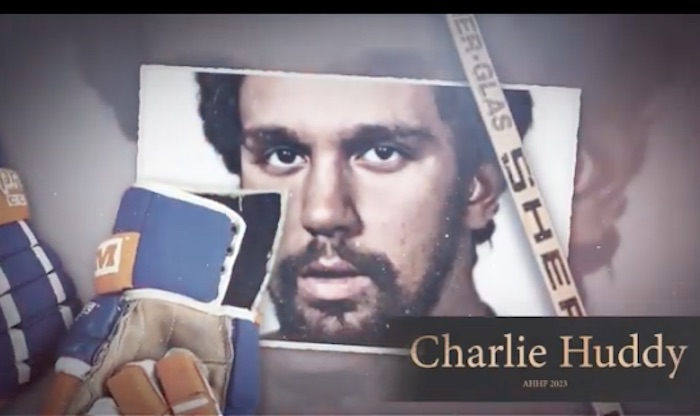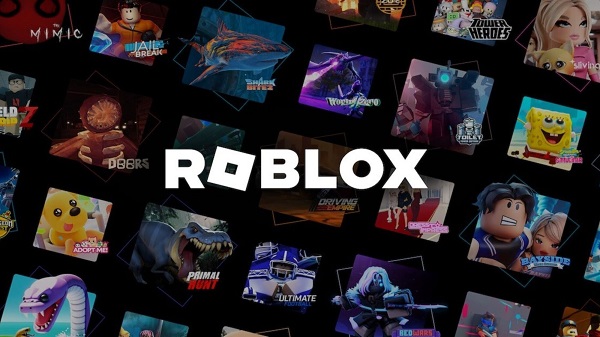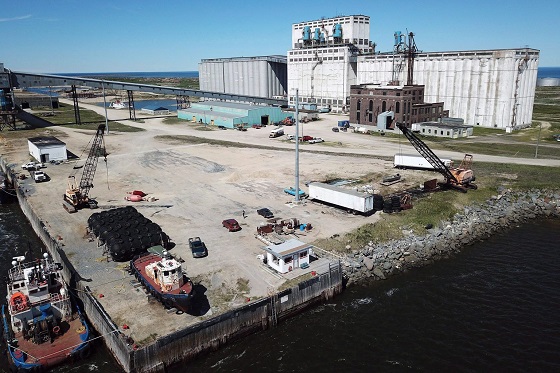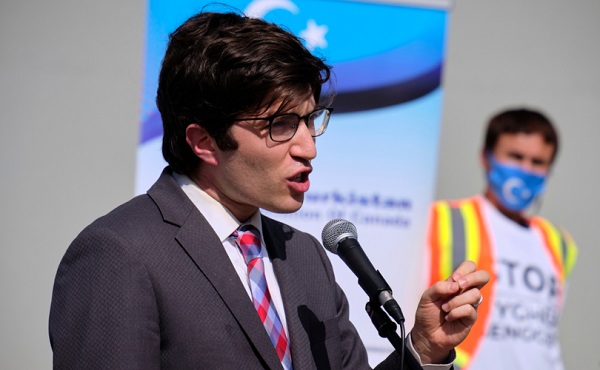Alberta
Stanley Cup winnners Huddy and Hunter headline 2023 Hockey Alberta Hall of Fame Inductees

From Alberta Hockey
ALBERTA HOCKEY HALL OF FAME CALLS THE CLASS OF 2023
Six individuals and 10 teams will enter the Alberta Hockey Hall of Fame in 2023.
Six individuals and the teams comprising a “decade of excellence” in women’s hockey are being called to the Alberta Hockey Hall of Fame (AHHF) as the Class of 2023.
This year’s class includes:
- CHARLIE HUDDY – one of seven Edmonton Oilers who was a member of all five of the franchise’s Stanley Cup winning teams (1984, 1985, 1987, 1988, 1990), and the NHL’s first recipient of the Plus/Minor Award in 1983. He played for 11 seasons and then served as an assistant coach for 23 years in the NHL.
- TIM HUNTER – with more than four decades spent in the NHL and WHL as a player and coach, he helped bring a new focus to smart technology to the sport. In 1989, he lifted the Stanley Cup with the Calgary Flames in 1989 and continues his engagement in the community as an active alumnus.
- EARL INGARFIELD SR. – played in the NHL for 13 seasons, he was the first player selected in the Pittsburgh Penguins expansion draft. In retirement, Earl scouted and coached with the New York Islanders.
- KAREN KOST – spent 34 years as an official and leader in training and mentoring officials across Alberta and Canada. Karen worked almost every level of hockey nationally and internationally.
- BOBBY OLYNYK – a dedicated volunteer in the game for nearly 60 years. He is well known for his role as a builder and leader of what is now known as the Alberta Elite Hockey League U18 AAA division.
- JOHN UTENDALE – the first Black hockey player to sign an NHL contract. While he never played in the NHL, John is considered a trailblazer in the game in Canada and United States. He was the first Black member of the U.S. men’s coaching staff as a member of the “Miracle on Ice” Olympic champions in 1980.
- EDMONTON CHIMOS: “A DECADE OF EXCELLENCE” – the longest running Senior Women’s AAA hockey program in Alberta, the organization’s 1983-1993 era captured every Hockey Alberta Provincial Championship (Senior A, Female AA, Female AAA) and three Abby Hoffman Cup National Women’s championships (1984, 1985, 1992).
The Class of 2023 was selected based on their outstanding achievements, dedication and commitment to building hockey in Alberta in all aspects of the game.
“Once again, we have the opportunity to celebrate the rich hockey history in this great province,” said Al Coates, Chairmen of the Alberta Hockey Hall of Fame Committee. “It’s another outstanding class of inductees with an extensive list of achievements that reflect in the game today.”
The honoured inductees will be welcomed into the hall on Sunday, July 16 at the AHHF Induction Gala at the Coast Hotel in Canmore. Tickets for the AHHF Induction Gala are available to purchase on ahhf.ca.
Full biographies for the Class of 2023 can be found on the AHHF website.

Alberta
Alberta bill would protect freedom of expression for doctors, nurses, other professionals

From LifeSiteNews
‘Peterson’s law,’ named for Canadian psychologist Jordan Peterson, was introduced by Alberta Premier Danielle Smith.
Alberta’s Conservative government introduced a new law that will set “clear expectations” for professional regulatory bodies to respect freedom of speech on social media and online for doctors, nurses, engineers, and other professionals.
The new law, named “Peterson’s law” after Canadian psychologist Jordan Peterson, who was canceled by his regulatory body, was introduced Thursday by Alberta Premier Danielle Smith.
“Professionals should never fear losing their license or career because of a social media post, an interview, or a personal opinion expressed on their own time,” Smith said in a press release sent to media and LifeSiteNews.
“Alberta’s government is restoring fairness and neutrality so regulators focus on competence and ethics, not policing beliefs. Every Albertan has the right to speak freely without ideological enforcement or intimidation, and this legislation makes that protection real.”
The law, known as Bill 13, the Regulated Professions Neutrality Act, will “set clear expectations for professional regulatory bodies to ensure professionals’ right to free expression is protected.”
According to the government, the new law will “Limit professional regulatory bodies from disciplining professionals for expressive off-duty conduct, except in specific circumstances such as threats of physical violence or a criminal conviction.”
It will also restrict mandatory training “unrelated to competence or ethics, such as diversity, equity, and inclusion training.”
Bill 13, once it becomes law, which is all but guaranteed as Smith’s United Conservative Party (UCP) holds a majority, will also “create principles of neutrality that prohibit professional regulatory bodies from assigning value, blame or different treatment to individuals based on personally held views or political beliefs.”
As reported by LifeSiteNews, Peterson has been embattled with the College of Psychologists of Ontario (CPO) after it mandated he undergo social media “training” to keep his license following posts he made on X, formerly Twitter, criticizing Trudeau and LGBT activists.
He recently noted how the CPO offered him a deal to “be bought,” in which the legal fees owed to them after losing his court challenge could be waived but only if he agreed to quit his job as a psychologist.
Early this year, LifeSiteNews reported that the CPO had selected Peterson’s “re-education coach” for having publicly opposed the LGBT agenda.
The Alberta government directly referenced Peterson’s (who is from Alberta originally) plight with the CPO, noting “the disciplinary proceedings against Dr. Jordan Peterson by the College of Psychologists of Ontario, demonstrate how regulatory bodies can extend their reach into personal expression rather than professional competence.”
“Similar cases involving nurses, engineers and other professionals revealed a growing pattern: individuals facing investigations, penalties or compulsory ideological training for off-duty expressive conduct. These incidents became a catalyst, confirming the need for clear legislative boundaries that protect free expression while preserving professional standards.”
Alberta Minister of Justice and Attorney General Mickey Amery said regarding Bill 13 that the new law makes that protection of professionals “real and holds professional regulatory bodies to a clear standard.”
Last year, Peterson formally announced his departure from Canada in favor of moving to the United States, saying his birth nation has become a “totalitarian hell hole.”
Alberta
‘Weird and wonderful’ wells are boosting oil production in Alberta and Saskatchewan

From the Canadian Energy Centre
Multilateral designs lift more energy with a smaller environmental footprint
A “weird and wonderful” drilling innovation in Alberta is helping producers tap more oil and gas at lower cost and with less environmental impact.
With names like fishbone, fan, comb-over and stingray, “multilateral” wells turn a single wellbore from the surface into multiple horizontal legs underground.
“They do look spectacular, and they are making quite a bit of money for small companies, so there’s a lot of interest from investors,” said Calin Dragoie, vice-president of geoscience with Calgary-based Chinook Consulting Services.
Dragoie, who has extensively studied the use of multilateral wells, said the technology takes horizontal drilling — which itself revolutionized oil and gas production — to the next level.
“It’s something that was not invented in Canada, but was perfected here. And it’s something that I think in the next few years will be exported as a technology to other parts of the world,” he said.
Dragoie’s research found that in 2015 less than 10 per cent of metres drilled in Western Canada came from multilateral wells. By last year, that share had climbed to nearly 60 per cent.
Royalty incentives in Alberta have accelerated the trend, and Saskatchewan has introduced similar policy.
Multilaterals first emerged alongside horizontal drilling in the late 1990s and early 2000s, Dragoie said. But today’s multilaterals are longer, more complex and more productive.
The main play is in Alberta’s Marten Hills region, where producers are using multilaterals to produce shallow heavy oil.
Today’s average multilateral has about 7.5 horizontal legs from a single surface location, up from four or six just a few years ago, Dragoie said.
One record-setting well in Alberta drilled by Tamarack Valley Energy in 2023 features 11 legs stretching two miles each, for a total subsurface reach of 33 kilometres — the longest well in Canada.
By accessing large volumes of oil and gas from a single surface pad, multilaterals reduce land impact by a factor of five to ten compared to conventional wells, he said.
The designs save money by skipping casing strings and cement in each leg, and production is amplified as a result of increased reservoir contact.
Here are examples of multilateral well design. Images courtesy Chinook Consulting Services.
Parallel
Fishbone
Fan
Waffle
Stingray
Frankenwells
-

 Business1 day ago
Business1 day agoNew airline compensation rules could threaten regional travel and push up ticket prices
-

 Great Reset2 days ago
Great Reset2 days agoEXCLUSIVE: The Nova Scotia RCMP Veterans’ Association IS TARGETING VETERANS with Euthanasia
-

 Digital ID2 days ago
Digital ID2 days agoLeslyn Lewis urges fellow MPs to oppose Liberal push for mandatory digital IDs
-

 Crime1 day ago
Crime1 day agoHow Global Organized Crime Took Root In Canada
-

 COVID-192 days ago
COVID-192 days agoCovid Cover-Ups: Excess Deaths, Vaccine Harms, and Coordinated Censorship
-

 Digital ID21 hours ago
Digital ID21 hours agoRoblox to Mandate Facial and ID Verification
-

 Business1 day ago
Business1 day agoWill the Port of Churchill ever cease to be a dream?
-

 Health2 days ago
Health2 days agoDisabled Canadians petition Parliament to reverse MAiD for non-terminal conditions
















